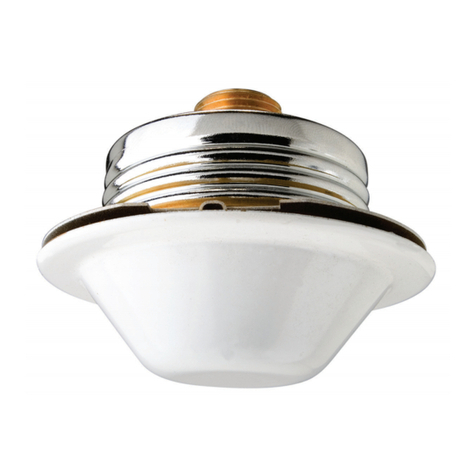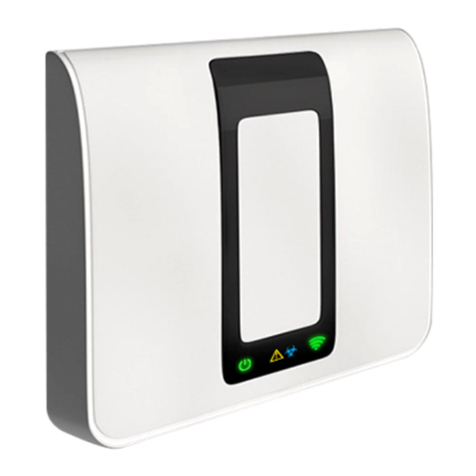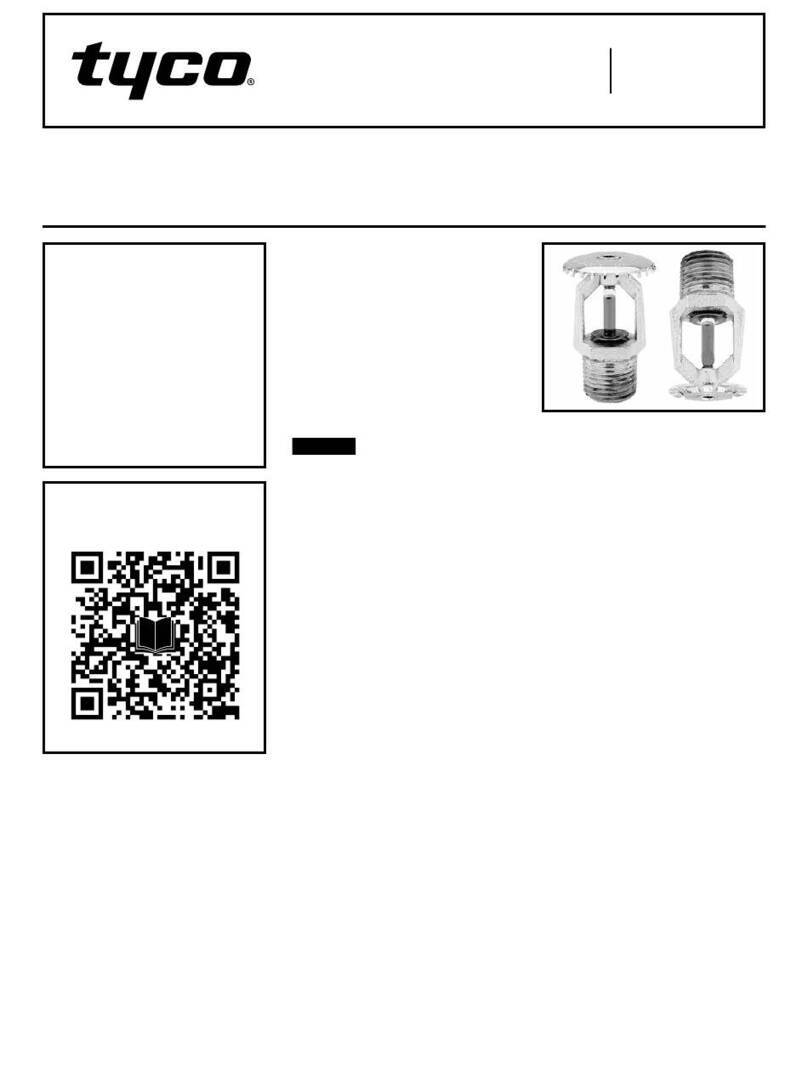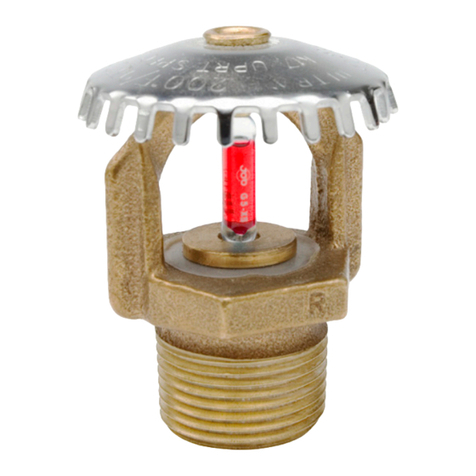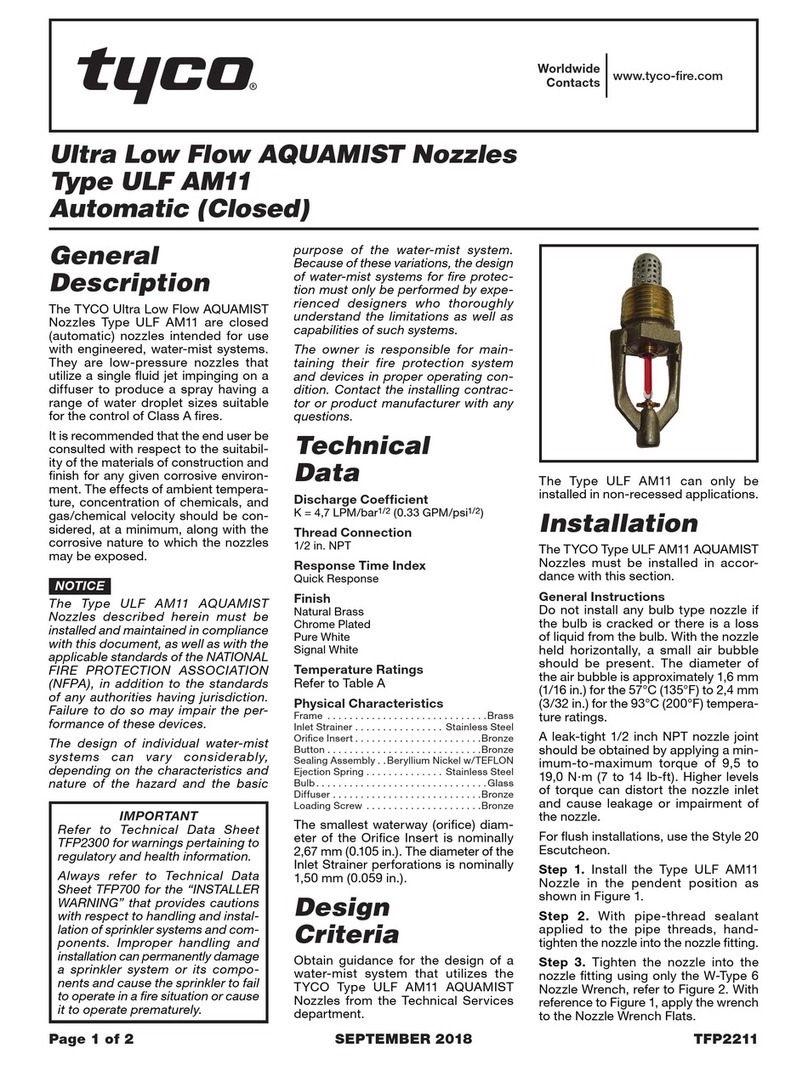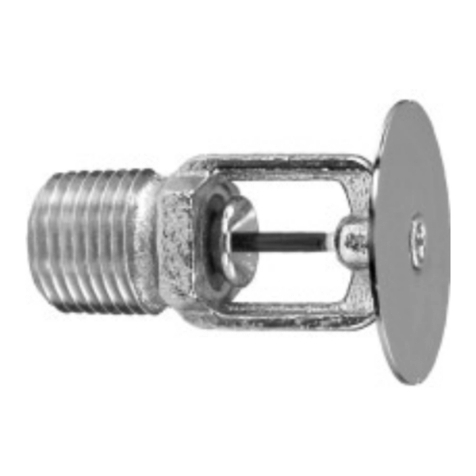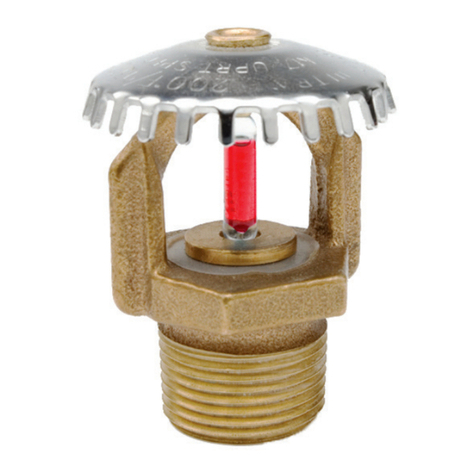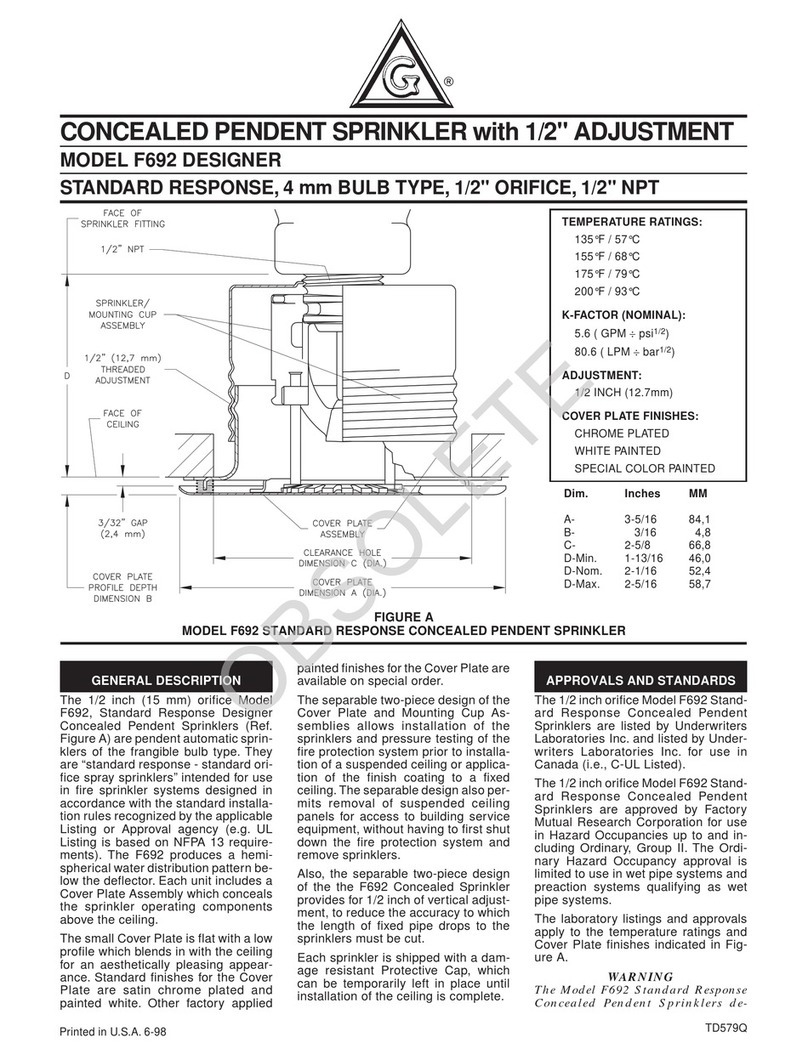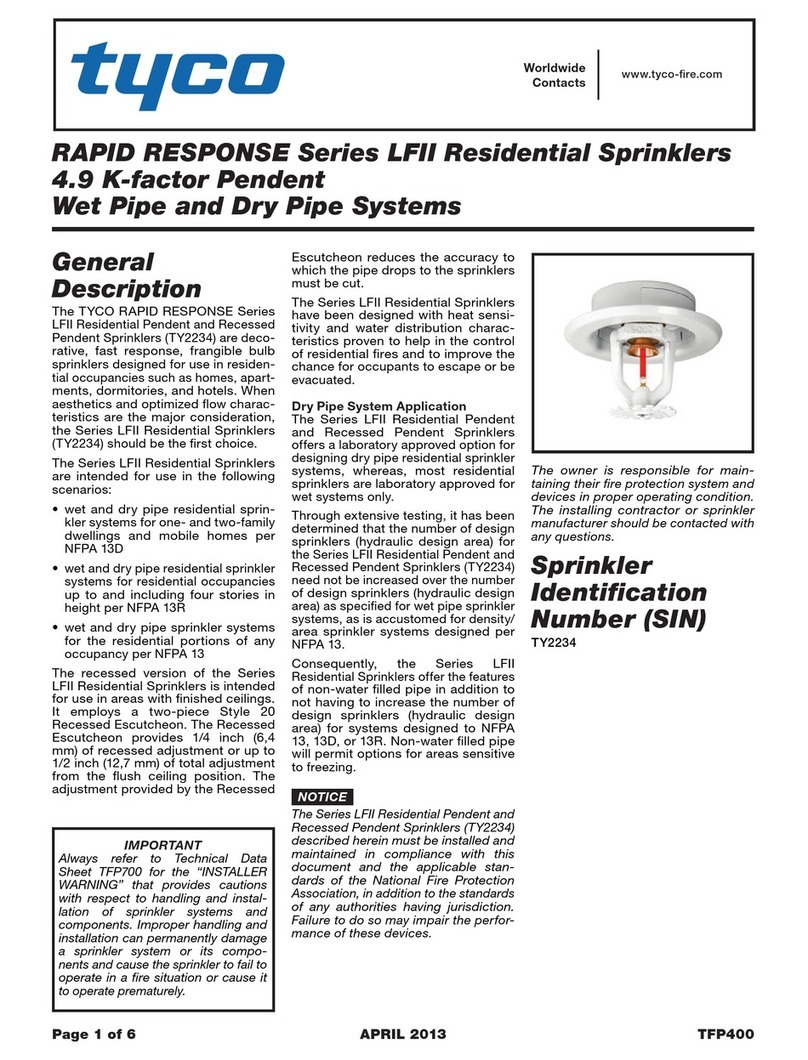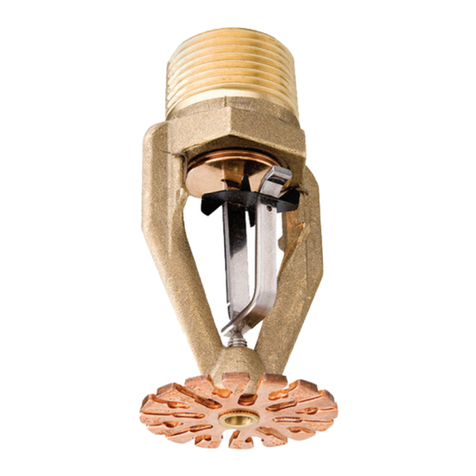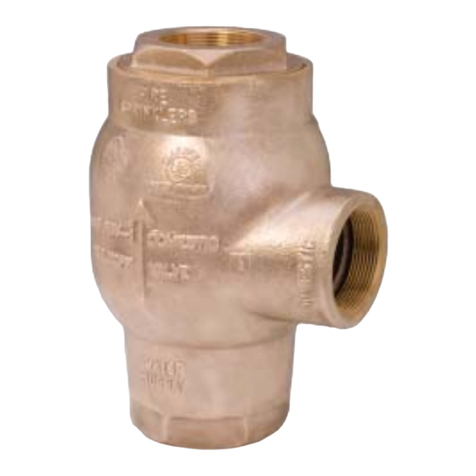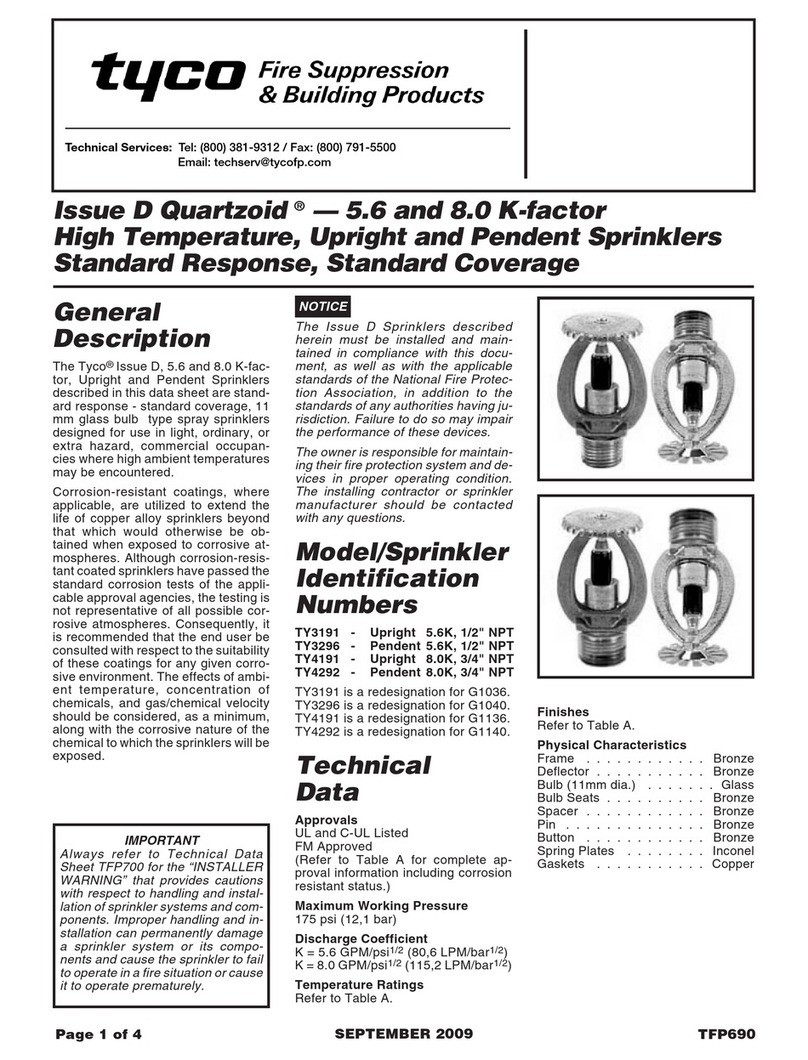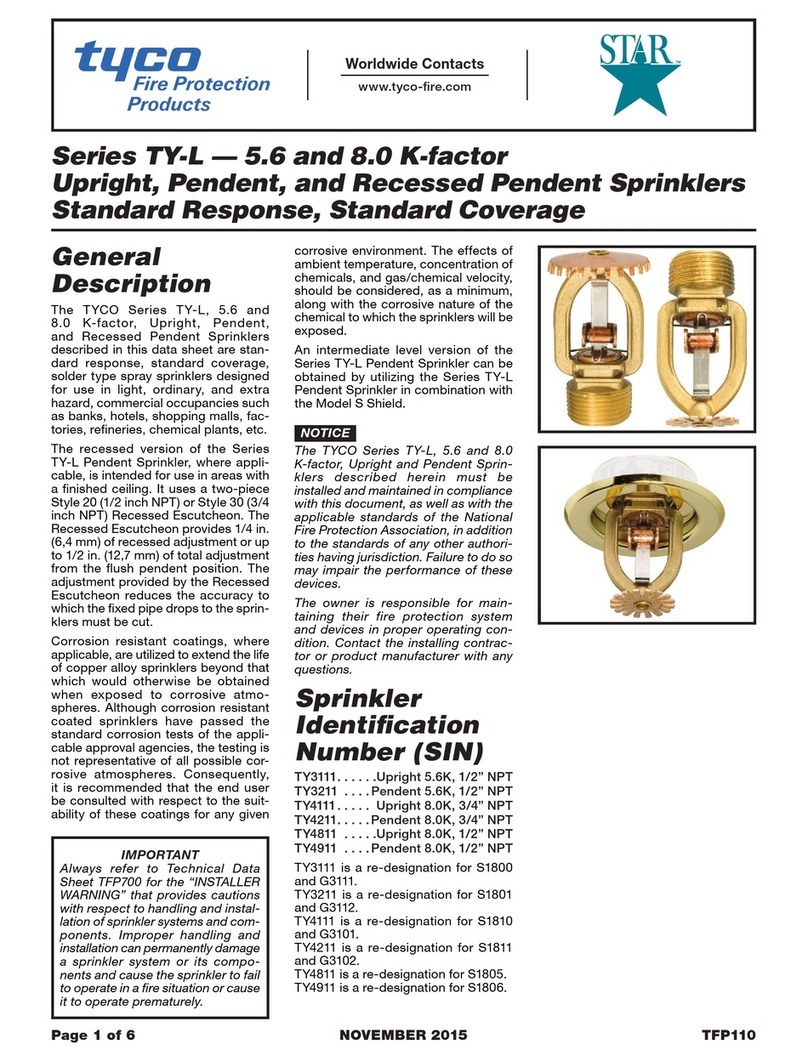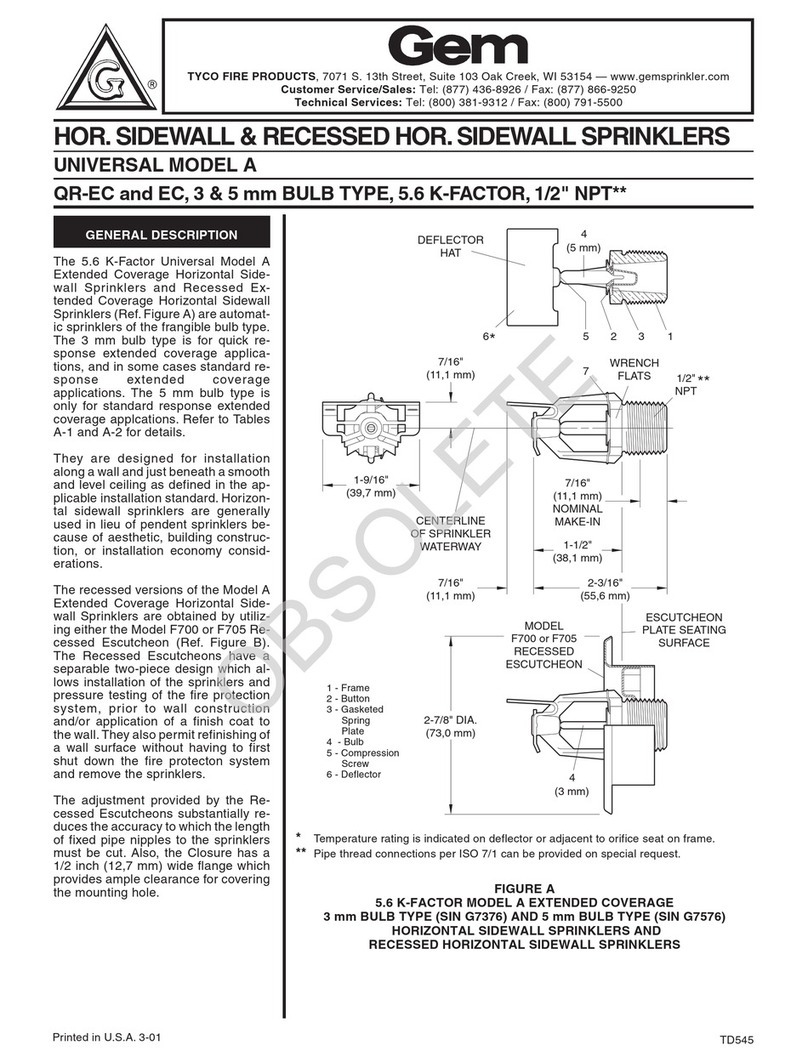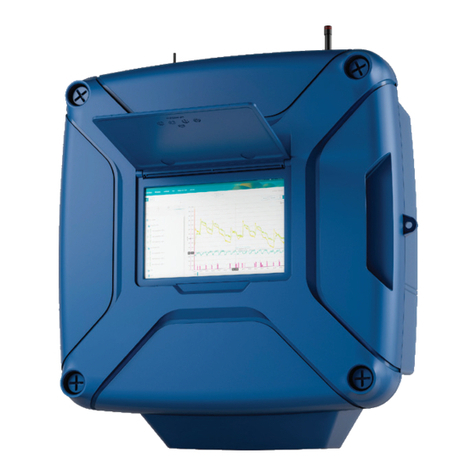
Design
Criteria
The TYCO Series LFII Dry-Type Resi-
dential Horizontal Sidewall Sprinklers
(TY2335) are UL Listed for installation
in accordance with the criteria listed in
this section.
When conditions exist that are outside
the scope of the criteria provided in this
section, refer to the technical data sheet
entitled Residential Sprinkler Design
Guide (TFP490) for the manufacturer’s
recommendations that may be acceptable
to the local authority having jurisdiction.
This section describes the following
design characteristics:
•System Types
•Water Delivery
•Hydraulic Design
•Obstruction to Water Distribution
•Operational Sensitivity
•Sprinkler Spacing
•Sprinkler Fitting
•Prevention of Branch Line Freezing
System Types
Wet pipe, dry pipe, and preaction sys-
tems may be utilized.
Water Delivery
For dry pipe and preaction systems, water
delivery to the most remote sprinkler for
a residential hazard shall not exceed 15
seconds as dened in Section 8.3.4.3 of
the 2010 edition of NFPA 13D or Section
7.2.3.6.3 of the 2010 edition of NFPA 13.
Using the TYCO SPRINKFDT Water
Delivery Calculation Program can help
determine whether required delivery
times will likely be achieved prior to
performing the actual installation.
As an alternative to using a UL Listed
water delivery calculation program and
method, as referenced in NFPA 13D
or NFPA 13, using an inspector's test
connection is required to provide ow
equivalent to the smallest orice sprin-
kler, wherein the test orice is located
on the end of the pipe supplying the
most remote sprinkler.
Hydraulic Design
Table A lists the minimum required sprin-
kler ow rate for systems designed to
NFPA 13D or NFPA 13R as a function
of temperature rating and the maximum
allowable coverage areas. The sprinkler
ow rate is the minimum required dis-
charge from each of the total number
of “design sprinklers,” as specied in
NFPA 13D or NFPA 13R.
For systems designed to NFPA 13, the
number of required design sprinklers is
the four most hydraulically demanding
sprinklers. The minimum required dis-
charge from each of the four sprinklers
is the greater of the following:
•
ow rates listed in Table A for NFPA
13D and 13R as a function of tempera-
ture rating and the maximum allowable
coverage area.
•
minimum discharge of 0.1 GPM/sq.
ft. over the design area comprised of
the four most hydraulically demand-
ing sprinklers for the actual coverage
areas protected by four sprinklers.
Obstruction to Water Distribution
Sprinklers are to be located in accor-
dance with the obstruction rules of NFPA
13 for residential sprinklers as well as
with the obstruction criteria described
in technical data sheet TFP490.
Operational Sensitivity
The sprinkler must be located relative
to the mounting surface as shown in
Figures 2 and 3.
Sprinkler Spacing
The minimum lateral spacing between
sprinklers is 8 feet (2,4 m). The maximum
lateral spacing between sprinklers cannot
exceed the length of the hydraulically-
calculated coverage area (refer to Table
A); for example, a maximum of 12 feet
for a 12 ft. x 12 ft. coverage area or 18
feet for a 18 ft. x 20 ft. coverage area.
Sprinkler Fittings
Install the 1-inch NPT Series LFII Dry-
Type Residential Horizontal Sidewall
Sprinklers in the 1-inch NPT outlet or
run of one of the following ttings:
•
malleable or ductile iron threaded tee
ttings that meet the dimensional re-
quirements of ANSI B16.3 (Class 150).
•
cast iron threaded tee ttings that
meet the dimensional requirements
of ANSI B16.4 (Class 125).
For dry pipe system installations, only
use the side outlet of maximum 2-1/2
inch reducing tees when locating the
Series LFII Dry-Type Residential Sprin-
klers directly below the branch line.
Otherwise, use the conguration shown
in Figure 6 to assure complete drainage
from above the Series LFII Sprinklers
and the branch line.
Do not install the LFII Series Dry-Type
Residential Sprinklers into elbow ttings.
The Inlet of the sprinkler can contact the
interior of the elbow, potentially damag-
ing the Inlet seal.
Typically, the end sprinkler tting on
a branch line is plugged as shown in
Figure 7.
The Series LFII Dry-Type Sprinklers can
also be installed in the 1-inch NPT outlet
of a GRINNELL Figure 730 Mechanical
Tee. However, the use of the Figure 730
for this arrangement is limited to wet
pipe systems.
Only use the conguration in Figure 6
where the sprinkler tting and water-
lled pipe above the sprinkler tting
are not subject to freezing and where
the length of the Series LFII Sprinkler
has the minimum exposure length per
Figure 8. Refer to the Exposure Length
section and Table B.
For wet-pipe system installations of the
1-inch NPT Series LFII Dry-Type Resi-
dential Sprinklers connected to CPVC
piping, use only the following TYCO
CPVC ttings:
•
1” x 1” NPT Female Adapter (P/N 80145)
•
1” x 1” x 1” NPT Sprinkler Head Adapter
Tee (P/N 80259)
NOTICE
Do not install the Series LFII Dry-Type
Residential Horizontal Sidewall Sprin-
klers into any other type fitting without
first consulting the Technical Services
Department. Failure to use the appro-
priate fitting may result in the following:
• failure of the sprinkler to operate
properly due to formation of ice over
the Inlet Plug or binding of the Inlet
Plug.
• insufcient engagement of the in-
let pipe threads with consequent
leakage.
Drainage
Branch, cross, and feed-main piping
connected to Series LFII Dry-Type Resi-
dential Sprinklers and subject to freezing
temperatures must be pitched to allow
proper drainage, in accordance with the
minimum requirements of the National
Fire Protection Association for dry pipe
sprinkler systems.
Exposure Length
When using Series LFII Dry-Type Resi-
dential Horizontal Sidewall Sprinklers
in wet pipe sprinkler systems to protect
areas subject to freezing temperatures,
use Table B to determine a sprinkler’s
appropriate exposed barrel length to
prevent water from freezing in the con-
necting pipes due to conduction. The
exposed barrel length measurement must
be taken from the face of the sprinkler
tting to the surface of the structure or
insulation that is exposed to the heated
area. Refer to Figure 8 for an example.
TFP461
Page 4 of 8
